AARP Hearing Center


Tropical Storm Debby recently plowed through portions of the Southeast, dropping over a foot of rain in some areas, the National Weather Service says. It also caused property damage to many homes — damage that often won’t be covered by standard homeowners insurance.
Unfortunately, basic homeowners insurance policies don’t cover flooding. Moreover, only 30 percent of U.S. homes in the highest-risk areas have flood insurance, according to the Risk Management and Decision Processes Center at the Wharton School at the University of Pennsylvania.
A wake-up call
The property damage that Debby and other storms have caused should emphasize the need for flood insurance. Under the National Flood Insurance Act, lenders must require borrowers whose property is located within a regulatory floodplain to purchase policies as a condition of receiving a federally regulated home loan. (You can see if your home is in a floodplain using the Federal Emergency Management Agency’s Flood Map Service Center search tool.)
But you may want to purchase flood insurance even if you don’t live on a waterfront or in a floodplain, considering that about 25 percent of flood insurance claims occur in areas with low to moderate flood risk, FEMA says. Also, the number of properties prone to flooding is projected to climb to 16.2 million by 2050 because of climate change, predicts the First Street Foundation, a climate risk data firm.
Floodsmart.gov, a FEMA website, offers a trove of information about flood insurance, including a tool for estimating how much a flood might cost you. For example, just one inch of water could cause $25,000 worth of damage to your home.
Flood Insurance: Fact vs. Fiction
If you’ve never thought about this coverage, it may be due to some common misconceptions. Here are four often-repeated falsehoods about flood insurance:
You need to own a single-family home to buy flood insurance. Fact: It can protect homes, condominiums, apartments, and nonresidential buildings and other commercial structures.
You can’t buy flood insurance if you live in a high-risk area. Fact: You can buy federal flood insurance no matter where you live if your community participates in the National Flood Insurance Program (NFIP), unless your property is in an area covered by the Coastal Barrier Resources Act of 1982. A growing number of insurance companies also offer private flood insurance.
You can’t buy it immediately before or during a flood. Fact: You can purchase flood coverage at any time, but there is a 30-day waiting period after you’ve applied and paid the premium before the policy is effective, with some exceptions.
You can’t buy it if your property has been flooded before. Fact: You can buy this coverage no matter how many times your home, apartment or business has been flooded.
How does flood insurance work?
1. Flood insurance could protect your basement
If your basement floods, flood insurance will cover some or all of the damage, depending on the cost of repairs. (Remember, standard homeowners insurance won’t.) As for damage to your possessions, the NFIP summary of coverage states that its policies cover major systems; appliances are only covered if your policy covers contents (see below). But there may be limited coverage for other belongings. It does not cover personal belongings (you’ll need a separate policy for that), nor cosmetic items such as carpeting.


























































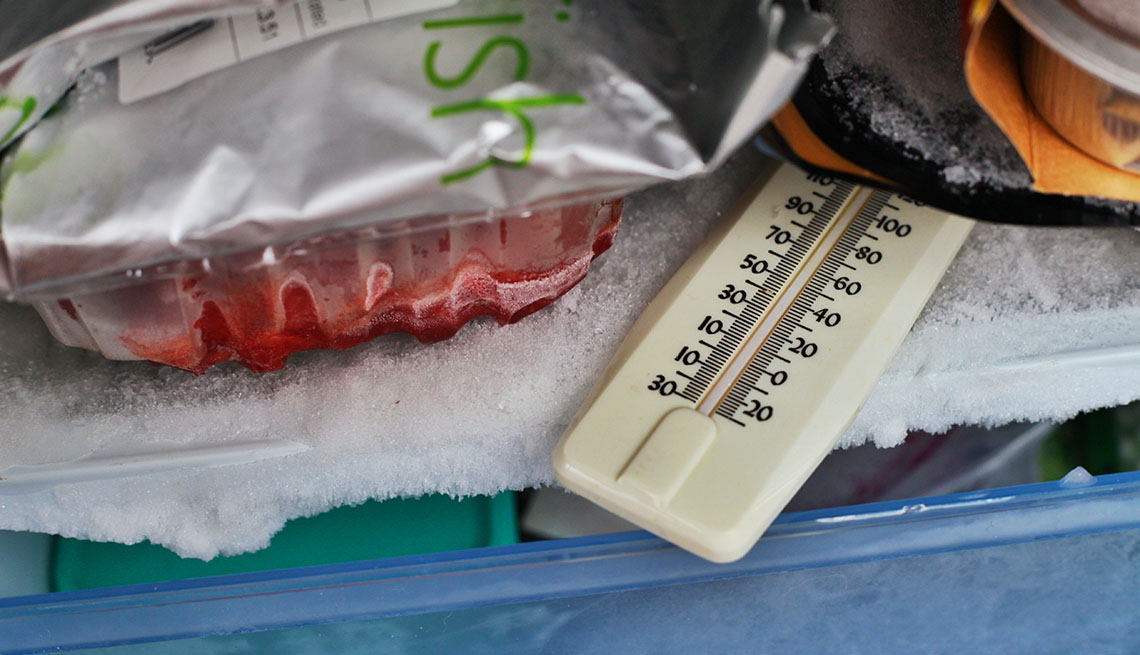
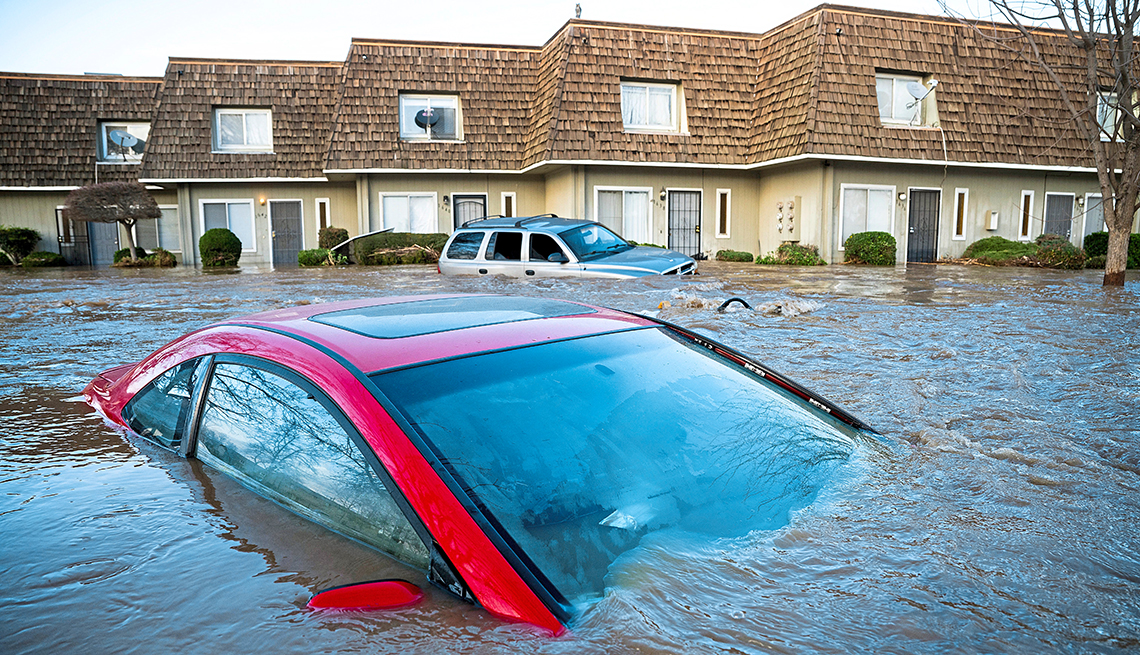
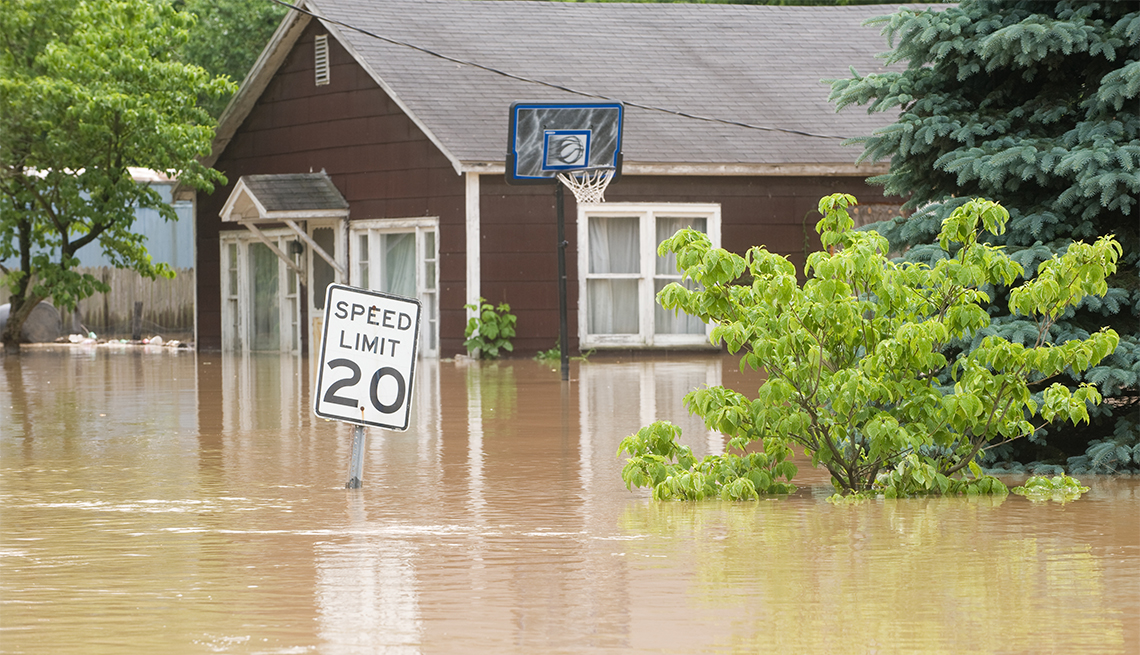
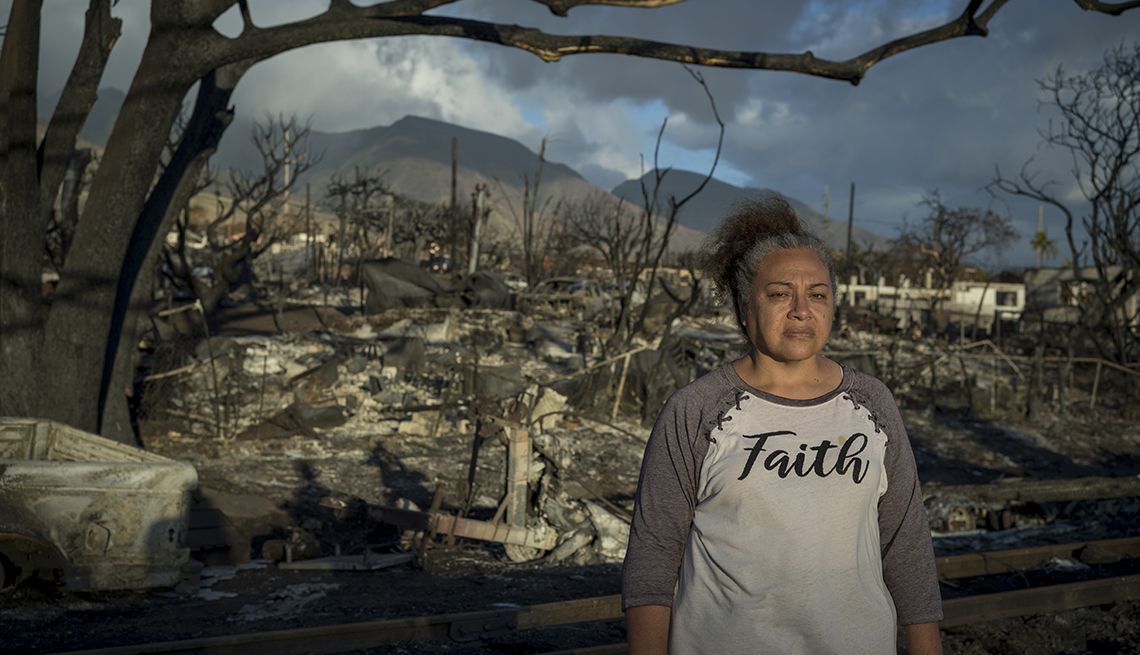
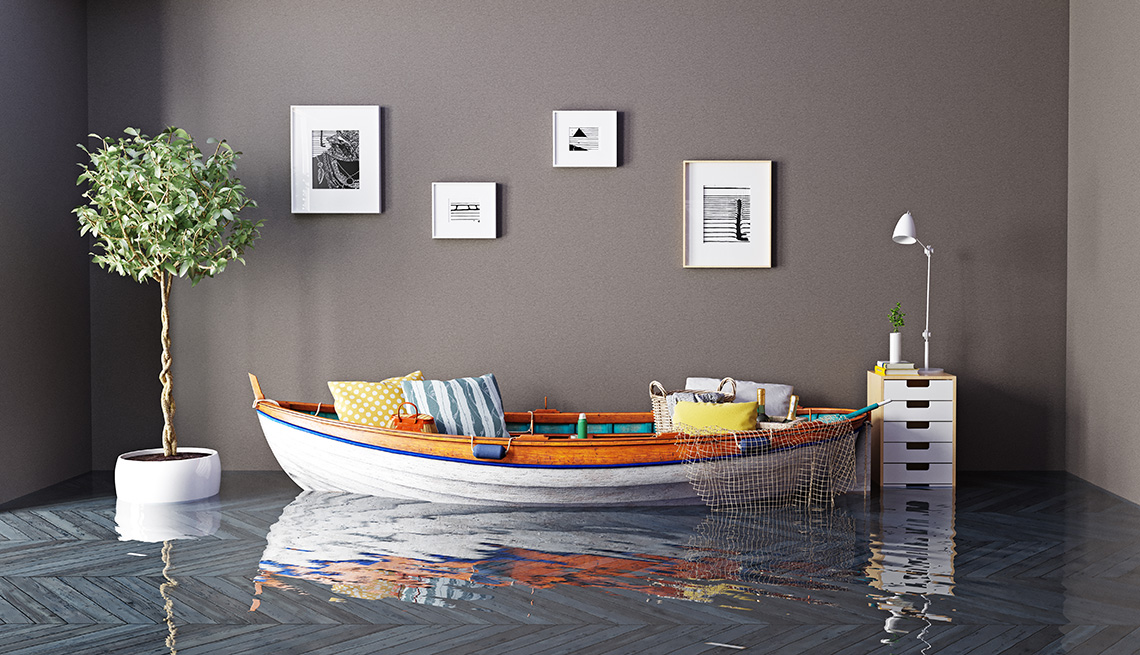
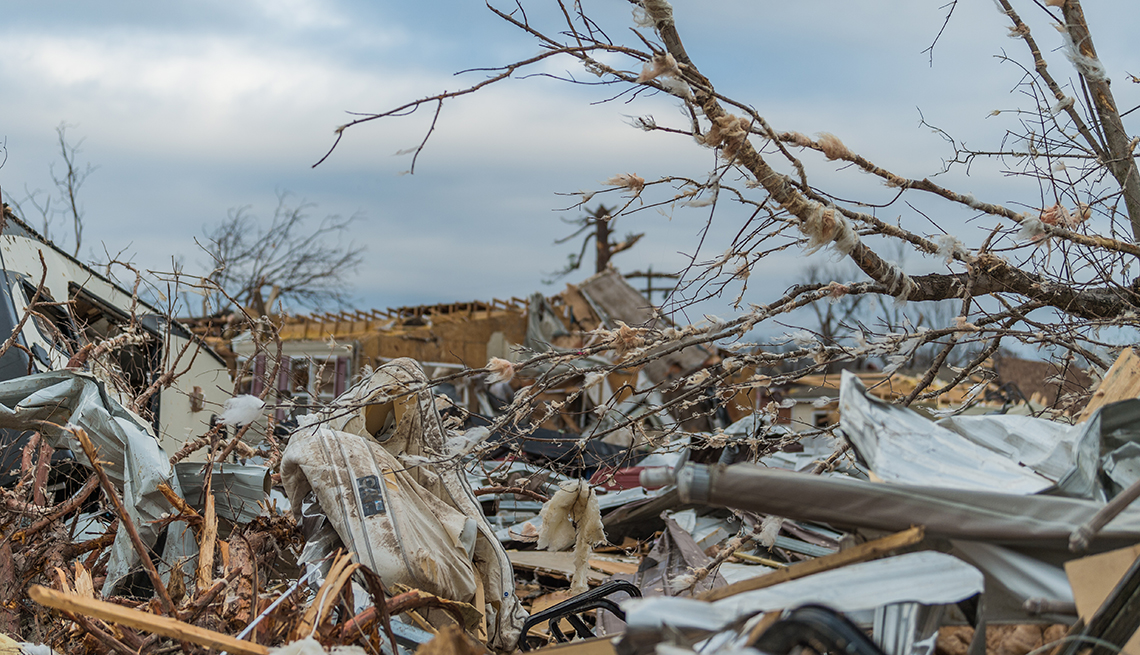





More From AARP
Which Claims Are Covered? Take the Homeowner's Insurance Quiz
From meteors to dog bites, the answers may surprise you
5 Ways to Cut Your Homeowner’s Insurance Premium
And 4 times you might want to increase it
One Family's Fight For Lower Property Taxes
What they learned about tax breaks may help you
Recommended for You